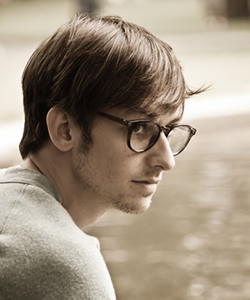I’m a political activist, a community developer, and a theatre artist, often simultaneously. My political service, I’ve found, is imbued with artistic meaning, and my art takes on political dimensions, and necessarily so. The interaction of the two, for me, situates art as both a tool for critique and as a service to humanity in the continuous cultivation of creative imagination and sociopolitical responsibility, where the two become limitless partners in sustaining the world we envision.
And the world we envision is one guided by Olympic values—compassion, dignity, harmony, and respect. And public art, in particular, is uniquely situated to promote those values. Much of public, community-based arts practice is interactive. It insists on inhabiting a space that is open and accessible to all. It is not art to be passively gazed upon in a museum or theatre; rather, it draws inspiration from and hopes to include the community in its creation. Everyone is and can be an artist. Process is as important as product; the actual process of creating monuments, memorials, art installations, and live performance pieces harbors community values as deeply as the final product does, and widely so. The process of art-making is the process of education, culture, and other public ventures that echo Olympic values on social development.
Art produces society, and society produces art.
A collective community art project can be as small as a quilt weaved with the home country flags of the residents of a neighborhood or as large as a cross-country photography initiative that creates portraits to represent its beautifully diverse citizenry. The quilt, the photographs, and the very acts of creating them are all equally artistic. And the process of art-making is one that activates the very same values as the process of community-building. A passion for effort, respect for perspective, and commitment to friendship positively impacts both.
In the twenty-first century, artistic innovation, then, becomes a fresh way to spark a dialogue about the world conditions we’re continually working to improve. It becomes a way to engage every person as an equal voice in the public sphere. It becomes a way to leave a cultural imprint for the universal ethics we hope to propel into the future. It becomes a way to rally around the world we strive to create—one facilitated by fairness, togetherness, and understanding.
The deepest change occurs when those who have the most at stake are active participants in the quest for change. For generations in the twenty-first century moving for that change, across ideologies, borders, and cultures, art can be a cultural language, and one of many. Languages of music, dance, ritual, and ceremony are just some that join art, and we are all multilingual speakers of them. These languages foster an infinite number of modes of connection, and the created voice allows us all—speakers and listeners alike—to eventually come into the dialogue of what we sometimes comfortably, and oftentimes uncomfortably, strive to know: ourselves.

